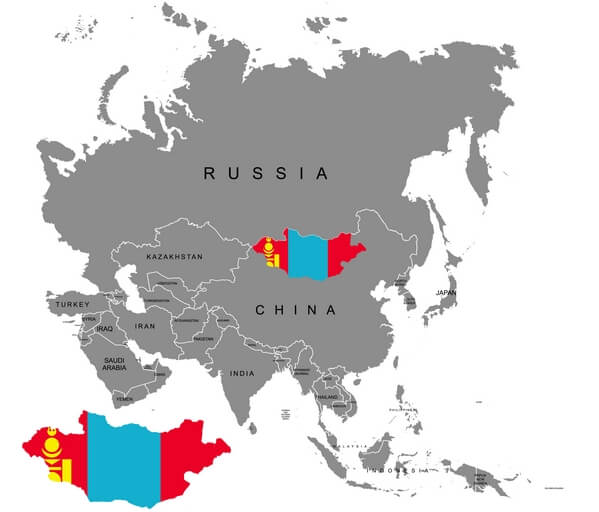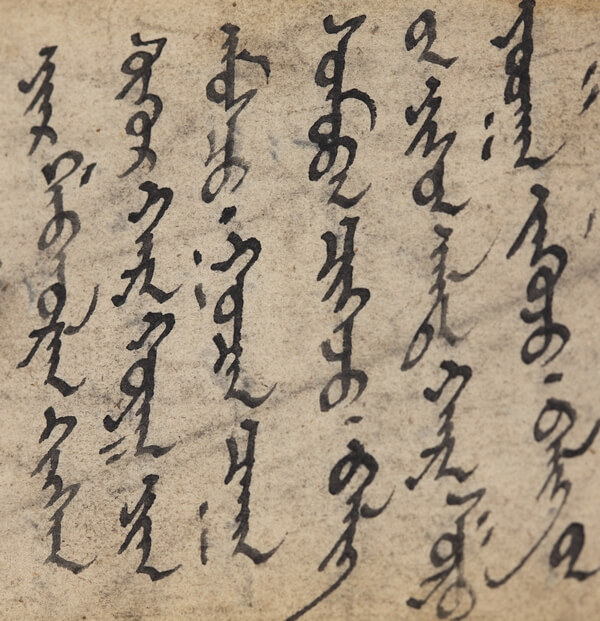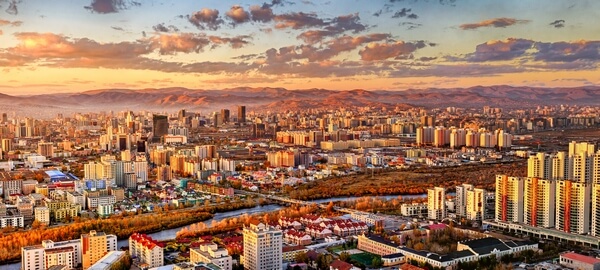Mongolian Translation and Interpreting
We’ve been active on the translation market since 1993. Since then, we’ve gained a lot of experience that helps us continuously improve our services so that we can provide reliable and high-quality translations for reasonable prices.
Among our satisfied clients, you’ll find companies from across the world, for example from Germany, the USA, and the UK.
We’ll gladly provide translations from Mongolian into English or German. If needed, we’ll also ensure translations into Mongolian.

Five reasons to choose LEXIKA
- We cooperate with professional translators.
- We use state-of-the-art translation tools for Mongolian translations.
- Our priority is top-quality translations.
- We meet deadlines.
- We provide Mongolian translations precisely according to your needs.
We also offer free consulting services for Mongolian translations so that we can find the best suitable solution together. Thanks to detailed analysis of your requirements and texts, we’ll ensure the best quality of services. The quality of our translations is guaranteed by testimonials.
Most frequently we translate personal and official documents, such as extracts from criminal records, deeds, and various contracts either from or into Mongolian. We also have extensive experience with financial, legal, and technical texts.
How do we do it?
Translators – specialists
Our translators are experts in more than 120 fields. Before we start to cooperate with them, they have to go through a demanding selection procedure. For every text, we then select the best suited translator – an expert from a linguistic and terminological point of view.
We comply with international standards
For LEXIKA, the quality of the provided services is of utmost importance. Our working procedures are certified according to ISO 9001 and annually audited by a renowned company. To our clients, we always recommend translations compliant with ISO 17100. This standard defines substantial demands placed on the quality of translators, reviewers, as well as the whole translation process.
Modern technology
We use modern translation tools, which make work easier and more efficient for both us and our translators. They also ensure the use of consistent terminology in the whole document and reduce costs of translations.
Control processes
The final or control phase of the translation process requires increased attention. This quality assurance focuses especially on correct grammar, stylistics, and the use of terminology defined in the client’s requirements. To make this process more efficient, we use various translation software tools. Quality assurance also includes the correct formal and graphic adjustments of the text.
Interested in using our services?
Leave us a message with your requirements and we’ll get back to you
Mongolian – the language of the country of Genghis Khan
Mongolia is an Asian country and is one of the largest landlocked countries. It is also known for its invincible ruler, Genghis Khan. At the beginning of the 13th century, Genghis Khan not only founded the Mongol Empire, but also contributed to the development of Mongolian language and script.
Throughout its history, Mongolian has used three systems of writing. The traditional script from the beginning of the 13th century was based on the Uyghur script that is still used in Inner Mongolia. Some linguists and historians claim that the ancestor of traditional Mongolian writing was a script adopted in the 11th–12th century from the Sogdians, the ancestors of the Tajikistani. The traditional script was used until 1931, when it was replaced by Latin script.
Ten years later, it was replaced by adapted Cyrillic script. Towards the end of the 20th century, there were attempts to reintroduce Latin script, but they didn’t gain enough support. Nowadays, Mongolians are taught to write using both the Cyrillic and Latin alphabets. The Mongolian alphabet has 32 characters in both Cyrillic and Latin script.

Debate about language family
Mongolian is the most significant language in the group of Mongolic languages. Along with Turkic and Tungusic, it belongs to the Altaic language family.
There is ongoing controversy about the existence of this language family. Apart from the abovementioned languages, others are sometimes included in this language family, for example Japanese, Korean, the Ryukyuan languages, and other Asian languages.
Mongolic languages differentiate mainly between Central (including Mongolian) and Southern Mongolic languages and various dialects, for example Ordos or Khalkha dialect.
Mongolian is the official language of Mongolia and Inner Mongolia in China. It’s spoken by 2.7 million people in Mongolia and about 5 million in Inner Mongolia.

